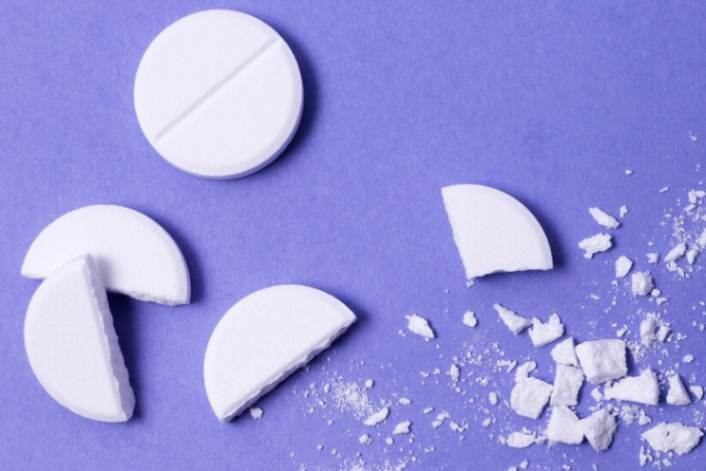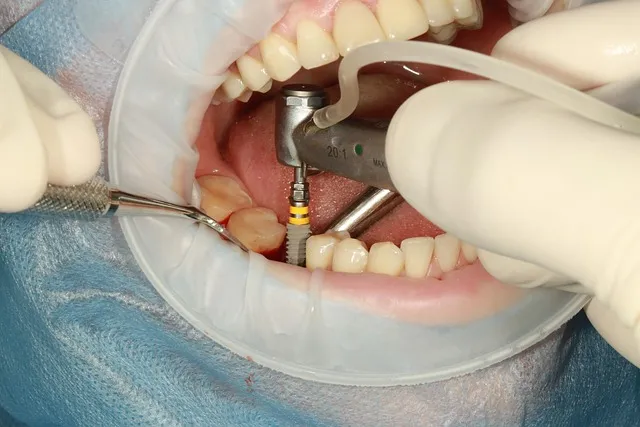You can see visible red lumps at the back of your neck if you have a cobblestone throat. You can also feel a scratchy or painful throat in addition to this. Usually not harmful, it is treatable and could even vanish completely on its own. But those who have this condition could erroneously worry that they are gravely ill. Even certain people may think they might have cancer. A persistent lump, development, or persistent inflammation on the body should be discussed with your oncologist, even though lumps at the back of the neck are not a symptom of cancer. Several factors might lead to cobblestones in Throat, some of which are listed here. Please keep reading to learn about those bumps on your Throat, their causes, symptoms, and treatment.
What is Cobblestone in Throat?
The medical word for a painful throat, swollen or inflamed, is pharyngitis. Various ailments, infections, and traumas can bring on sore and strep throats. The duration of symptoms is one indicator of the many forms of sore throats.
-
Acute Pharyngitis
Inflammation and discomfort may occur with or without secretion when acute pharyngitis occurs. In many instances, swelling and throat pain are independent symptoms that might linger for at least two weeks. Viral or bacteria-related infections are common contributors to acute pharyngitis.
-
Chronic Pharyngitis
Chronic pharyngitis is a painful throat that persists for over a few weeks. Viral or bacteria-related infections can bring on chronic pharyngitis, although allergies, acid reflux disease, or similar chronic disorders are more frequently to blame.
Also Read: Throat infection: Treatment and Prevention
What are the causes of Cobblestone throat?
The tissues around your tonsils and the adenoids get inflammation and swollen, which causes the lumps to develop. Two soft tissues at the rear of your Throat are called tonsils. High up in the nasal cavity, just beyond the nose, are your adenoids, a soft tissue patch. The tissue in your neck expands, and mucus production rises. Increased mucus aids in the removal of pathogens. The tonsils and the adenoids get irritated when mucus from your nose thickens and drips into your Throat. Your Throat's lumps are an indication of this inflammation.
Also Read: 6 Things To Know About Adenoids and Surgery
-
Drip Postnasal
A post nasal drip will develop if your Throat and nose's glands generate too much mucus. It can start to dribble or trickle down the Throat. Healthy mucus production is beneficial because it keeps your nasal passages clean, traps irritants like dust and bacteria, and guards against inhaling dangerous foreign substances. Postnasal drip, however, causes mucus to be produced at more than usual levels, and it may even thicken. As a result, you could constantly feel the need to cough or spit. Along with throat discomfort, the additional mucus may cause lumps in the Throat.
Also Read: Tickling in Throat: Causes and Treatments
-
Pharyngitis or Throat infection
Pharyngitis, a disorder that leads the Throat to get swollen and inflamed and is sometimes mistaken for a painful throat, can be the root cause of cobblestone in the throat. Although other illnesses can also contribute to pharyngitis, infection with viruses and bacteria like the common flu or cold are the major causes. Approximately 60 to 90% of instances of pharyngitis are triggered by infection with viruses, whereas infections caused by bacteria cause 5-30%.
As the name indicates, pharyngitis is an inflammatory process of the pharynx that can result in a painful throat. The lymph nodes swell and fill with fluid during pharyngitis due to an infection, giving the cells underlying your skin a bumpy appearance. The following are some of the causes of postnasal drip:
- Sinus infections
- Flu or seasonal allergies.
- Inhaling the brisk, dry air.
- Pregnancy
- Vaping or smoking.
- Spicy foods
- Difficulty swallowing
- Reflux of the larynx and Throat (LPR).
- More likely causes include other upper respiratory illnesses like the flu or a cold.
Also Read: 9 Instant Home Remedies For Tonsils
What are the Symptoms of Cobblestone Throat?
Cobblestone throat's name-calling key symptom is a group of lumps at the back of the Throat that resemble cobblestones or pebbles. The pimples may appear itchy, inflamed, or red. You're going to also get pharyngitis or a painful throat.
- Dry cough.
- Fever.
- Poor breath
- Hoarseness
- Throat pain
- Throat pain.
- Nausea
- Swallowing challenges
- Nasal blockage.
- You could regularly feel the need to spit anything out
- Your Throat could feel as though something is trapped there.
Also Read: How To Get Rid of a Stuffy Nose?
How to treat cobblestone throat?
In most cases, a viral infection resolves on its own. However, recovery might take several weeks. Your doctor will probably recommend medications to treat the illness if it results from an infection caused by bacteria like a strep throat infection and produces signs of inflammation and swelling. The following are some natural home remedies for cobblestone throat:
-
Salt water gargling
Gargle with warm water that has salt dissolved in it. It reduces throat pain and stops mucus buildup in your nose and throat passageways. Further, it helps to clean your mouth of harmful viruses, bacteria, and germs.
-
Consume turmeric milk
A great at-home remedy for throat infection is the consumption of turmeric milk. Colds, sore throats, and even persistent coughs have all been treated with it. Additionally, it might aid in easing pain and swelling. Turmeric is an effective antioxidant that may treat harmful diseases, infections, and injuries. When you have a sore throat, wash with a cup of warm water and a tablespoon of salt and turmeric. You could also consume turmeric milk before bed.
Also Read: 13 Amazing Health Benefits of Haldi Milk(2023)
-
Chicken soup
White blood cells called neutrophils, which strengthen the immune system's capacity to combat disease, are increased when you drink chicken soup, relieving a sore throat. The hot liquid's salt concentration also encourages the retention of fluid in the tissues, which hydrates you and encourages nasal mucus production to speed up your recovery. If you suffer from a cobblestone throat, sip on warm chicken soup or bone broth for an added boost. It will reduce the Throat's additional mucus and reduce the soreness.
-
Lozenges
Cobblestone throat sensations may be relieved by sucking on lozenges such as Strepsils. These can ease throat discomfort and agony from little bumps in the back.
-
Throat numbing sprays
Sprays that numb the Throat, such as Vicks Sore Throat Spray, can help with sore throats. Additionally, it might have a numbing and cooling impact on your Throat, which helps soothe the aggravation that cobblestone throat frequently causes.
-
Pain-relieving medications
Over-the-counter painkillers can lessen throat discomfort and itching. Ibuprofen, acetaminophen, and naproxen are a few examples of such drugs. Consult with the doctor before taking these pills.
-
Humidifier
In cold climates, humidifiers are beneficial. They are particularly beneficial in the winter due to their increased air humidity, which reduces coughing at night.
Also Read: A Guide to Choose the Best Humidifier for Asthma
-
Honey
A tablespoon of raw honey can be consumed, or heated water, honey, a few drops of lemon, and ginger can be combined to form a decoction. Honey is a great cure for cough at night since it smooths and moisturizes the Throat. Honey can draw water from inflamed tissues due to its hypertonic osmotic action. This helps to lessen inflammation and edema in the Throat. Honey is a barrier to viral and bacterial infections because of its high viscosity. It is rich in antioxidants and contains nutrients that help speed up your recovery from sickness.
Conclusion
A sore throat might resemble cobblestones due to swelling and redness. Bacterial or viral infections and other diseases or irritations and discomfort can all result in sore throats. You may also try several at-home treatments to lessen your symptoms and soothe your sore Throat. If the pain in your Throat doesn't go away after a couple of weeks, consult your doctor.
Also Read: Why Do I Feel Like Something Is Stuck In My Throat?
Frequently Asked Questions
How do you get rid of a cobblestone throat?
Yes, cobblestone in throat is treatable through antibiotics, avoiding allergens, and nasal sprays.
What does cobblestone throat indicate?
The bumpy appearance can cause extra mucus in the throat. It is usually harmless but causes irritation and scratchiness in the neck.
Is Cobblestone throat serious?
It is completely curable. However, extra deposition of mucus in the throat causes inflammation and irritation in the throat.

Reviewed by







